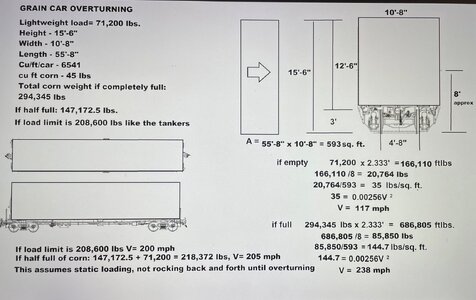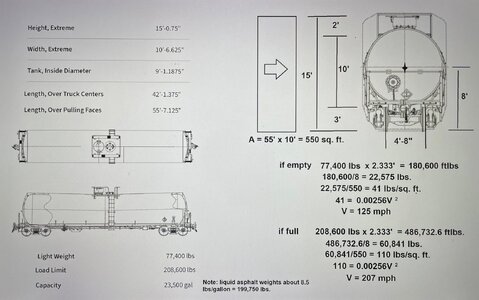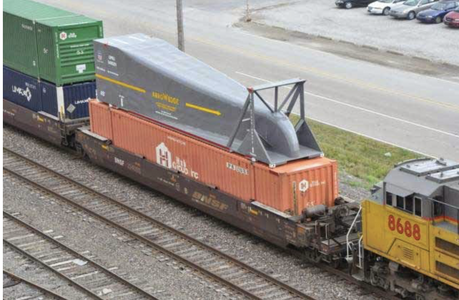Mike Smith
EF5
While I agreed with the change, the NWS -- ten years after the storm -- upgraded Andrew from a Cat 4 to Cat 5 based on zero new evidence.non traditional DIs have been totally ignored for the last 12 years... Why change things now?
For science organizations, the NWS and NOAA often work in mysterious ways-- to the detriment of all.





